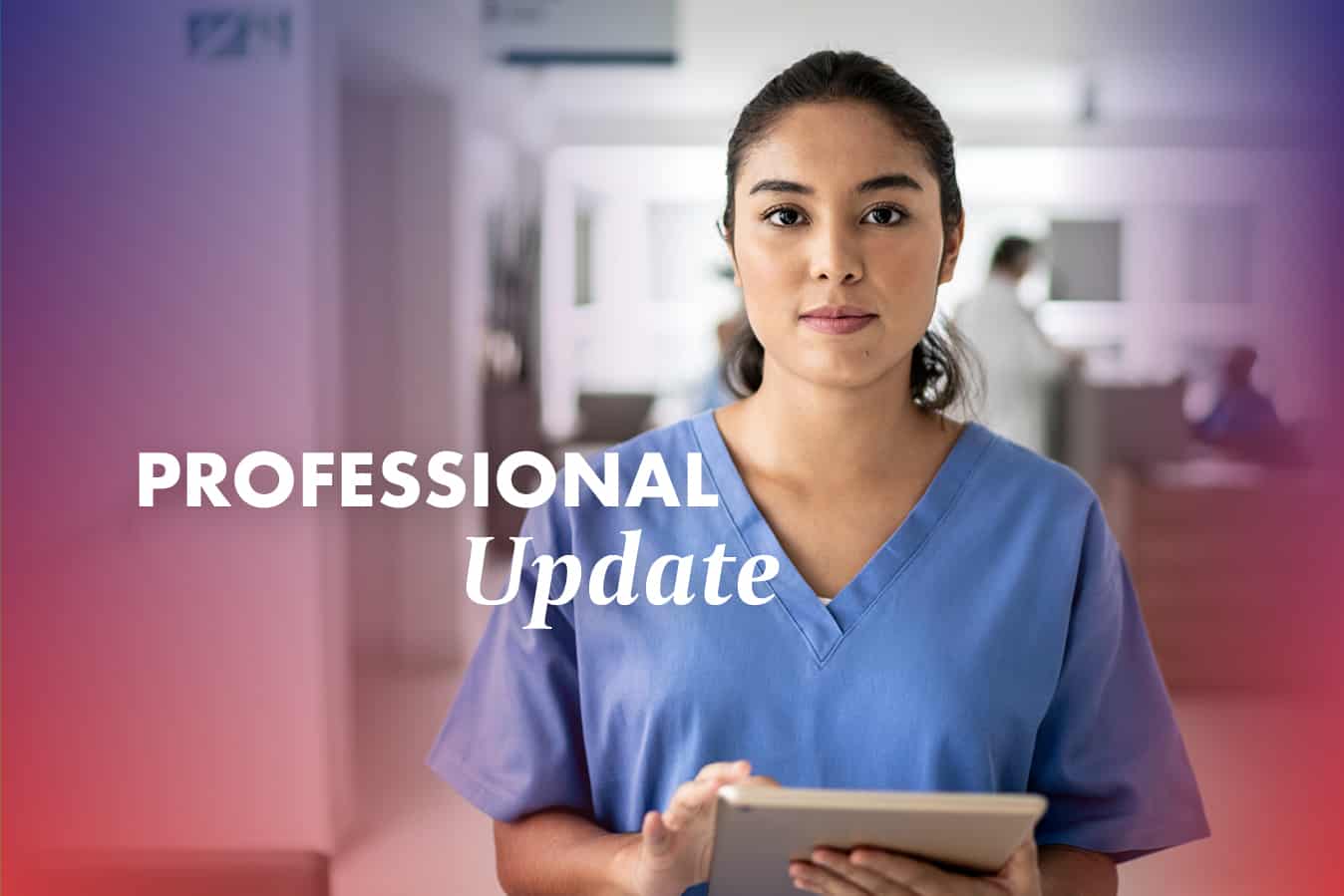Midwives are facing significant issues with staffing across Australia. ANMF Branches have reported unmanageable workloads in postnatal wards, poor staffing skill mix, midwives being replaced with other health practitioners, burnout, decreasing job satisfaction, moral injury and vicarious trauma.
There are concerns these issues are resulting in increased intrapartum intervention, insufficient and fragmented postnatal care and suboptimal short and long term outcomes for the health and wellbeing of families. With decreasing hospital lengths of stay, particularly for uncomplicated presentations, women, babies and families are missing out on essential midwifery care. Midwives are having to rely on providing the bare minimum, interventionist and procedural aspects of care to avoid serious adverse events and outcomes. The holistic, woman-centred aspects of midwifery care are being lost to the high pressured, fragmented and short staffed environment. To rectify this situation, action is needed.
We need to enable midwives to get back to being midwives. Working together we must ensure that midwives are the ones providing care in midwifery contexts of practice; the workload of caring for newborns is recognised in postnatal ward midwifery staffing; students and new graduate midwives are supported by midwives; and there is midwifery leadership at all levels within organisations providing maternity services and at all levels of government.
The Count the Babies campaign is an example of our collective effort to improve maternity services and midwifery practice environments led by midwives.
All neonates born in hospital are admitted patients. However, they are not counted as patients in midwifery allocations (where midwife to patient ratios/frameworks exist). Midwives are allocated a workload based on the adult/mother in-patient numbers.
Newborns are further classified as unqualified or qualified for national based funding purposes. Qualified newborns are those that are nine days old or less and are:
- the second or subsequent live born infant of a multiple birth, whose mother is currently an admitted patient;
- admitted to an intensive care facility in a hospital, being a facility approved by the Commonwealth Minister for the purpose of the provision of special care; or,
- admitted to, or remain in hospital without their mother.
Newborns who do not meet these criteria, regardless of the interventions or treatments they require (such as blood glucose monitoring, intravenous antibiotics and phototherapy treatment), are classified as unqualified. Unqualified newborns are not considered in scope for admitted patient data collections or activity based funding. The additional care provided by midwives beyond routine neonatal care for unqualified newborns is invisible despite often requiring considerable time and resources. The funding of unqualified newborns is bundled with the mother and allocated a one size fits all pricing.
In July 2022, several ANMF Branches conducted an audit of neonates in postnatal wards as part of the Count the Babies campaign. Instigated by the QNMU, the campaign aims to raise awareness of, and lobby for, additional funding for midwives to care for women and neonates in postnatal wards with increasingly complex needs.
The campaign highlights the currently invisible workload of caring for unqualified newborns and the impacts of this on unsafe, unmanageable and unsustainable working conditions for midwives. It is a call to governments to protect women, babies and the midwifery workforce. By revising the funding methodology for unqualified newborns at a national level, state and territory governments will be supported to amend midwifery staffing to include newborns in patient allocations. In doing so, safer and higher quality midwifery care can be delivered to women and their families, and the midwifery workforce can be sustained and fostered.
The campaign is one action we’re taking with your help.
What else can you do? Report midwifery staffing shortfalls in your workplace via incident reporting mechanisms; review the NMBA Decision Making Framework and your obligations for working alongside practitioners who are not midwives; and support your state or territory Branch in activities to address midwifery workforce and practice environment challenges such as the campaign audit.








